Gardening by The Phases of The Moon

An early winter walk with the dog this morning gave me a wonderful sight of a full moon, large and luminous in the early morning sky. It got me thinking about the superstition and folklore surrounding the practice of moon phase gardening. In recent years there has been renewed interest in gardening by the phases of the moon, particularly in vegetable growing. Although there is still no scientific proof that planting in this way really works, many people believe that it does and there are some common sense reasons why it should. Ancient farmers would have planned the growing year on their land by the weather and the moon’s cycle would have helped them in this.
Phases of The Moon
The principles of moon phase gardening are based on the two main phases of the moon. If you regularly look up into the night sky you will have noticed that the moon has four stages which you can almost divide into quarters. These quarters are then divided into two main phases known as waxing and waning. The phase known as waxing occurs between the new and the full moon. It is a time of increased light, when the sun and moon are moving apart. The waning moon comes after the full moon, when the light is decreasing as the sun and moon move closer towards each other.
The Theory
The theory behind moon phase planting has to do with how the moon’s phases affect the pull of gravity and the amount of light associated with the two main phases. When the moon is full the nights tend to be lighter which helps with photosynthesis and general plant growth. The gravitational pull influenced by the moon is well known to affect the tides of our oceans and there is evidence that this same gravitational pull has an effect on moisture levels in the soil. The highest levels of moisture in the soil occur when there is a full moon and evidence suggests that seeds absorb the most amount of water at this time. There is also a theory that during this time sap flows more strongly through plants increasing their strength and growth.
Planting By The Phases of The Moon
The theory goes that when the moon is waxing it is a good time to plant anything that is grown for its foliage, fruit or seeds. When the moon is waning, then is the time for root development and for planting those plants whose development happens below the ground, such as root vegetables. As a general rule, from two days before a new moon to three days before a full moon, plant all above ground plants such as salad, peas, brassicas and beans. From two days before a full moon to three days before a new moon, plant or sow root vegetables such as potatoes, onions, carrots and parsnips.
If this ancient and intriguing method of gardening has captured your interest, why not give it a go. If you don’t have a large vegetable patch, then carry out a simple experiment with a couple of crops grown in garden planters – one according to the phases of the moon and another as a control. Our relationship with nature has waned in recent years and if nothing else, it may bring you a little more understanding of how the earth, weather and other elements work in harmony to aid us in our gardening.
The Author:
Garden Planters source unusual outdoor and indoor planters, and other garden related gifts – whatever your taste, be it traditional, modern or just a bit quirky, we will have something for you.
Let’s spread the love! Tag a friend who would appreciate this post as much as you did.

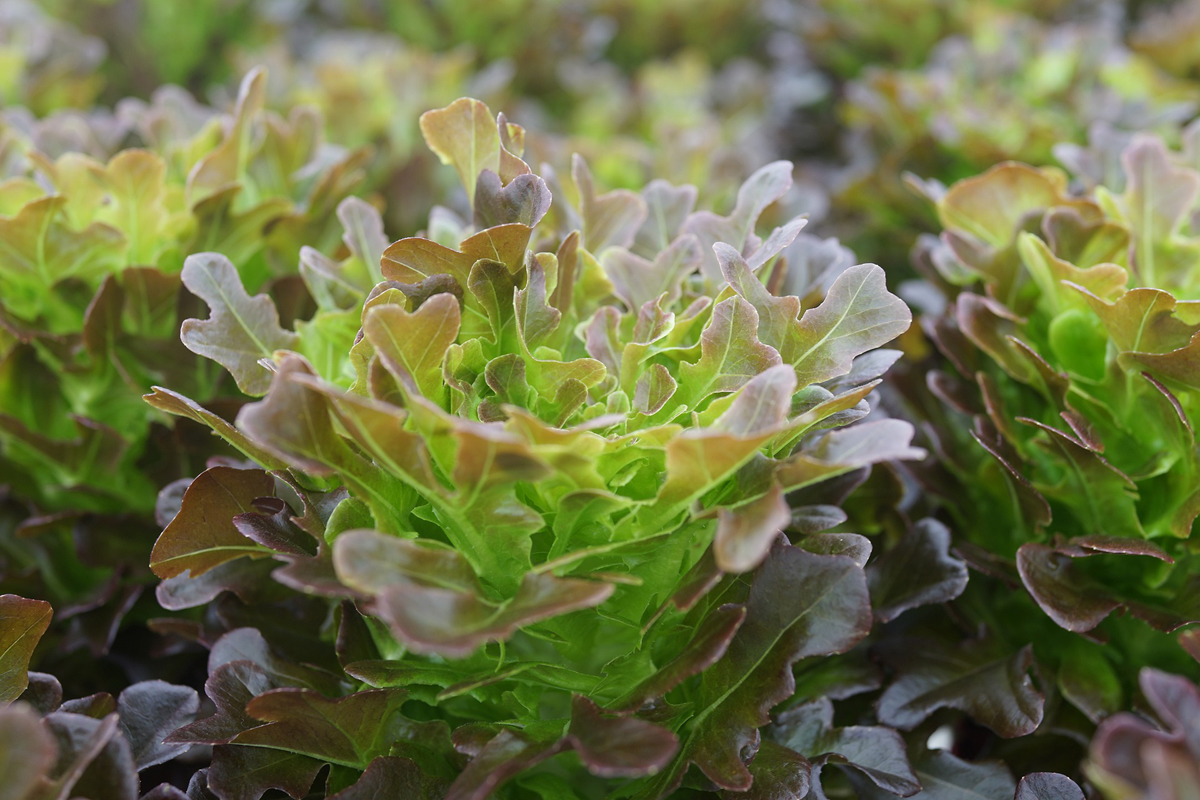
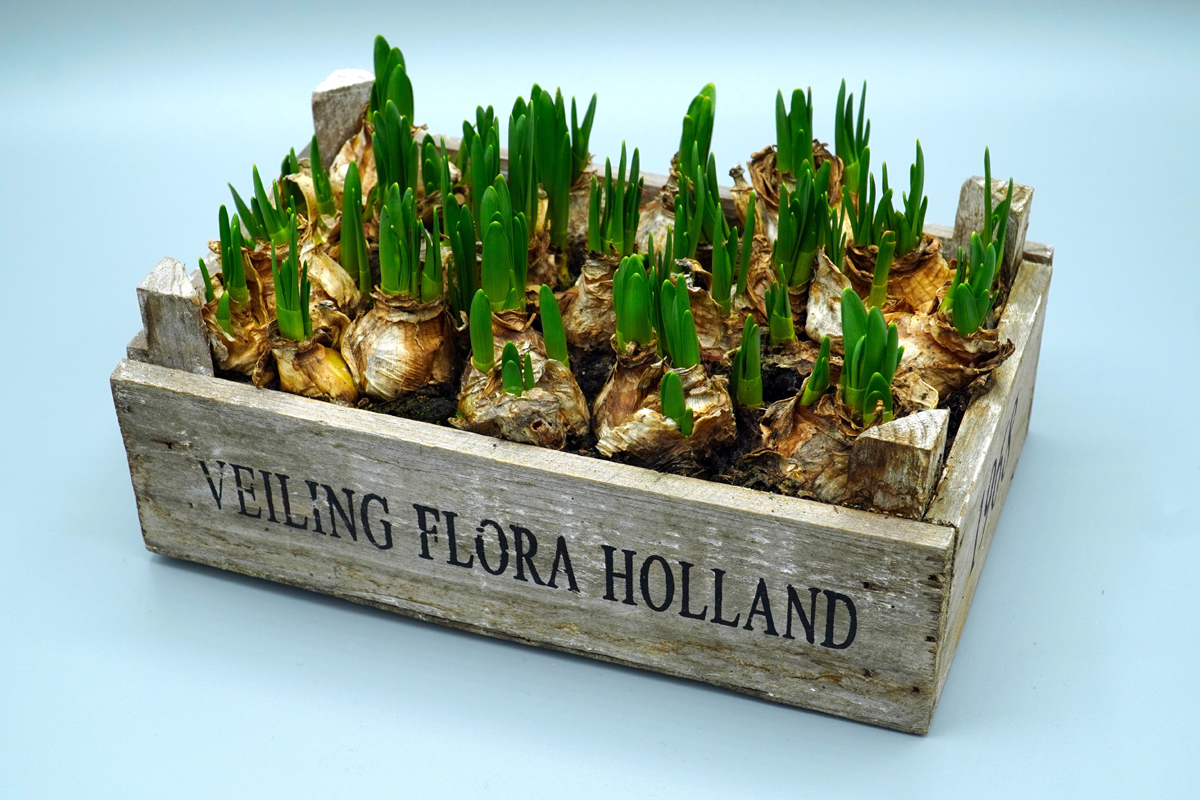
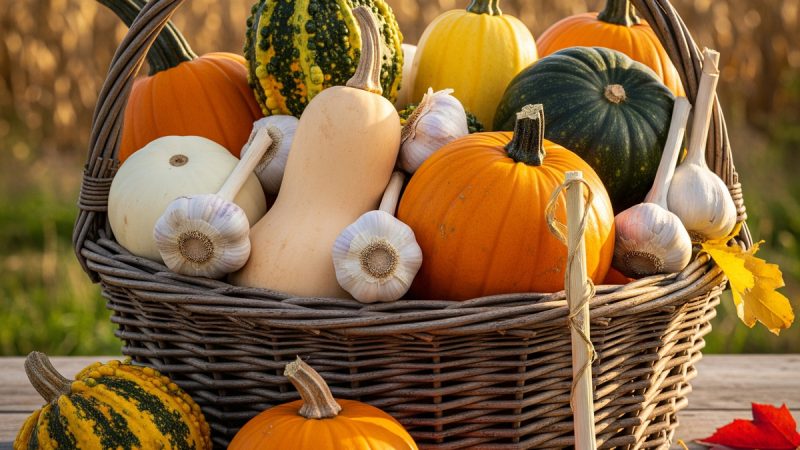

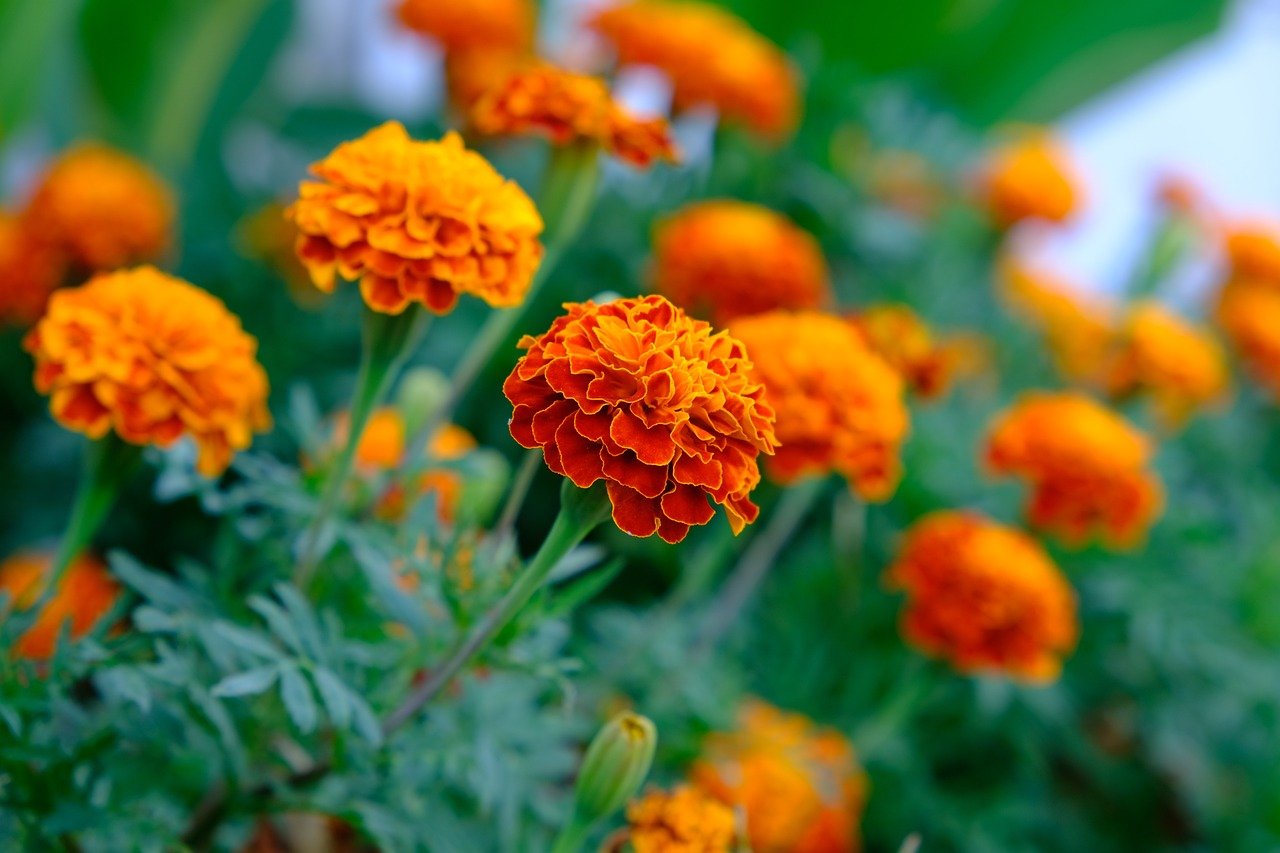

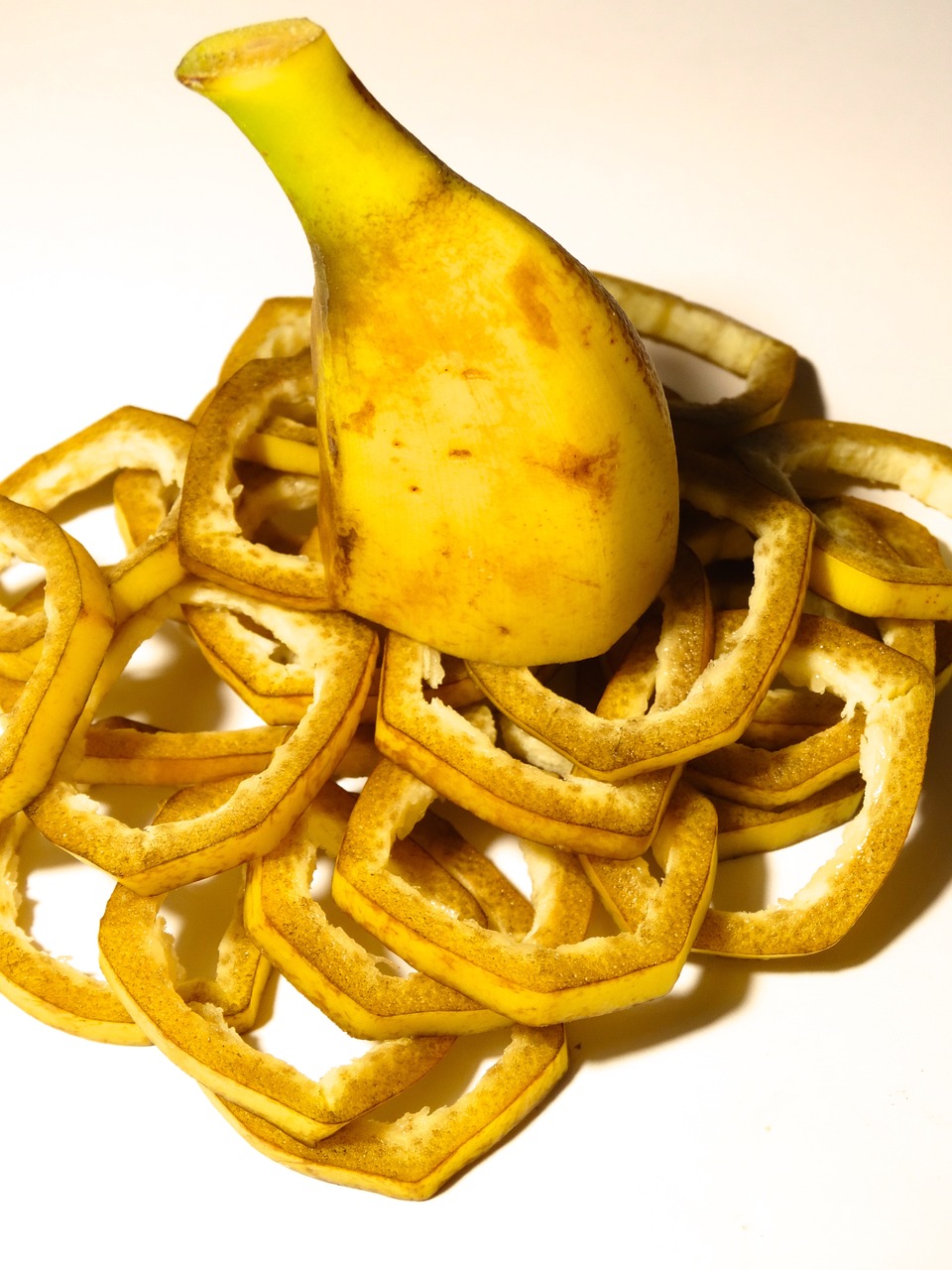

My mother planted by the moon and she was well known for her successful crop.
That’s amazing! It’s fascinating how some people swear by planting according to the phases of the moon. It’s said to have a significant impact on plant growth and yield. Your mother must have had a special touch and knowledge when it came to gardening. It’s wonderful to hear that her crops were consistently successful. Do you follow the same moon planting method in your own gardening practices?